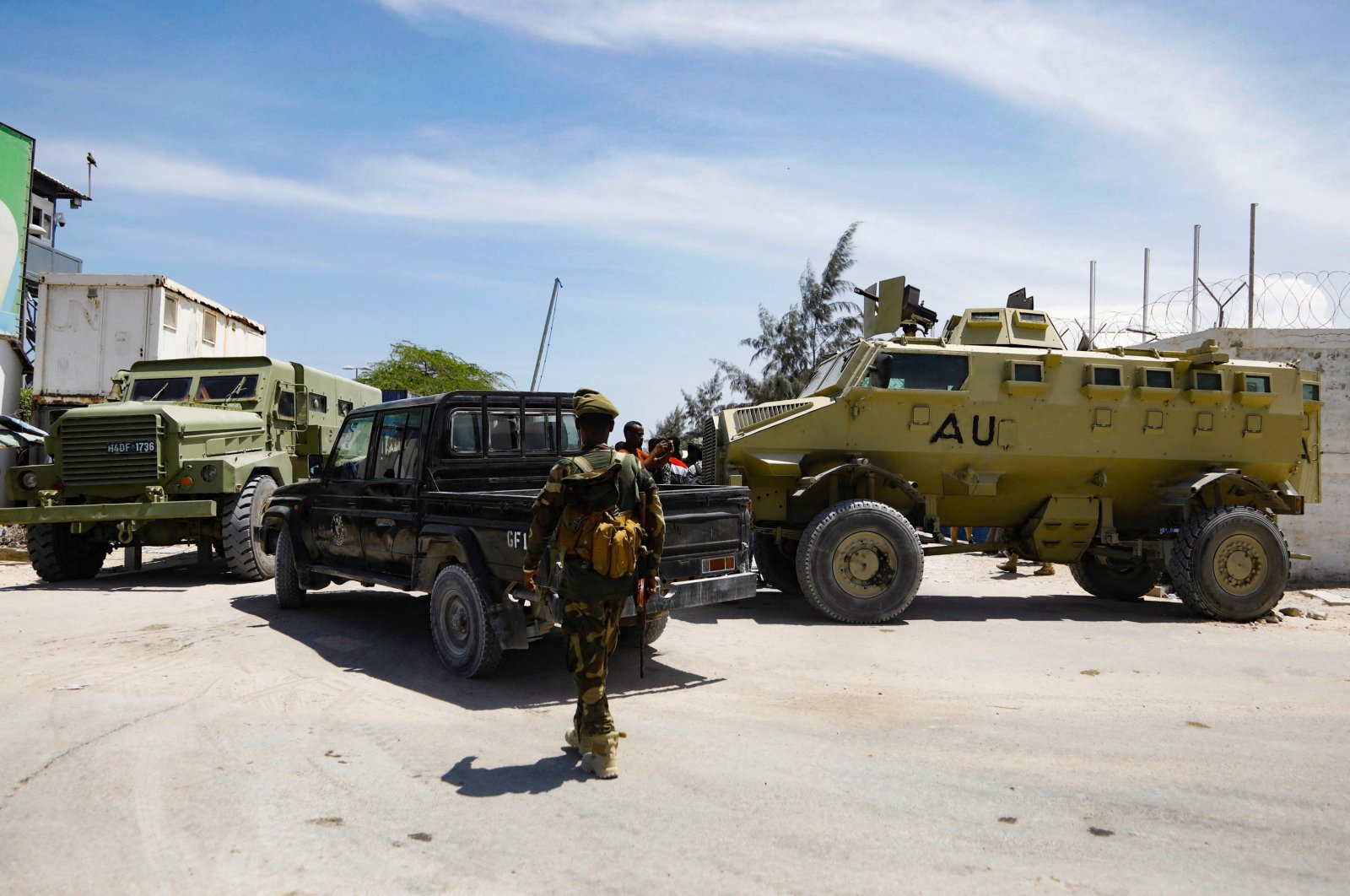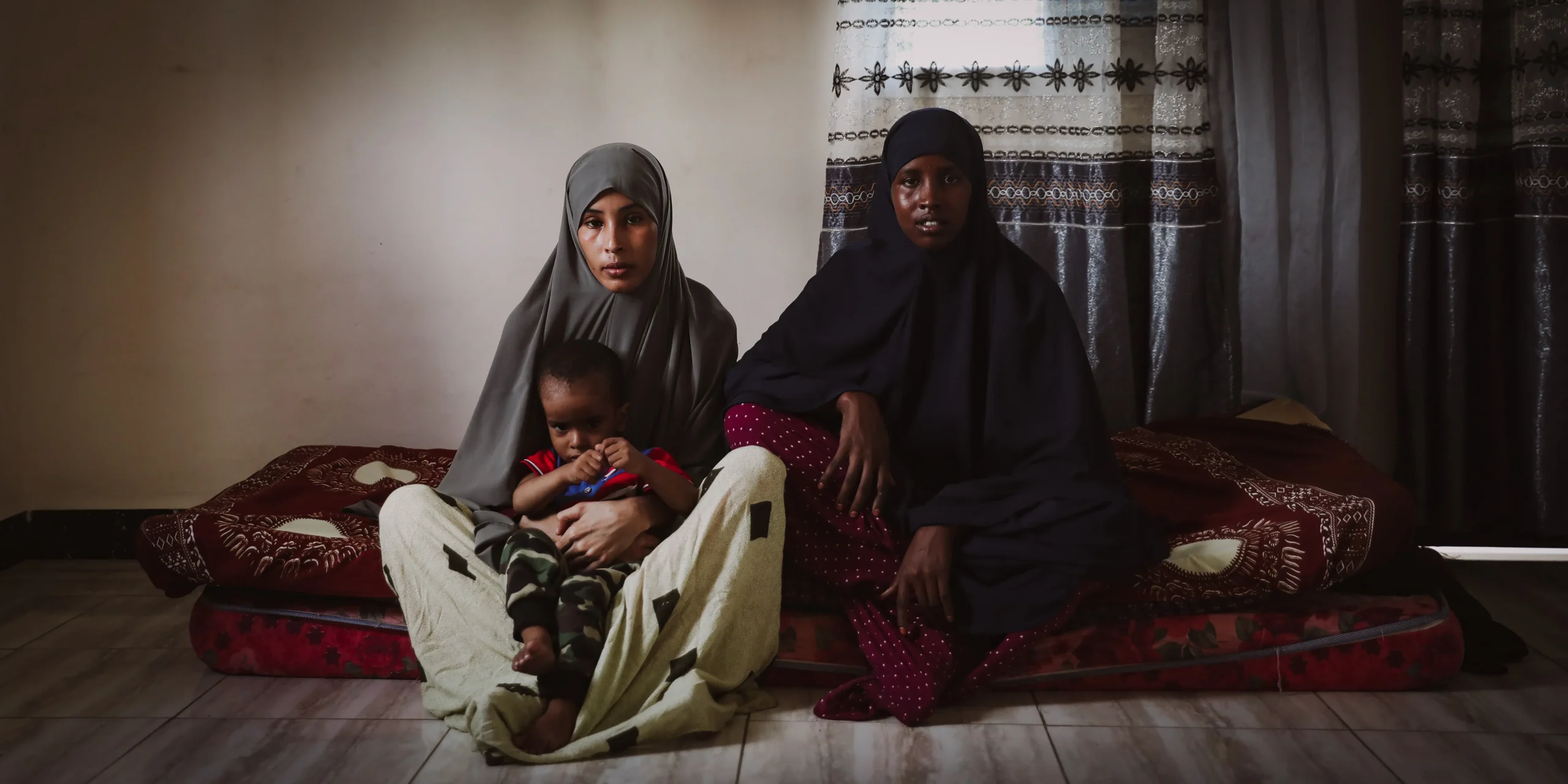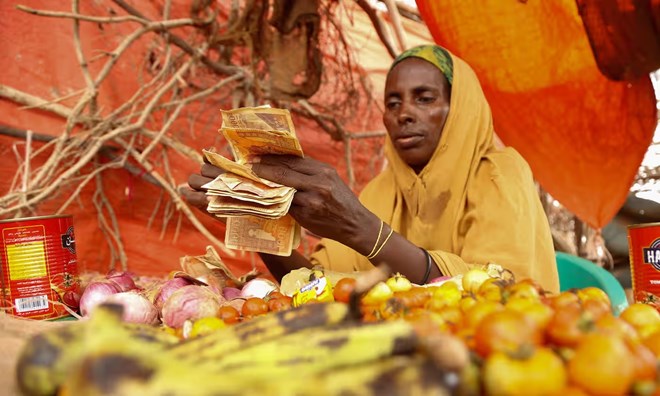On that fateful Friday evening, where the first day of April and the first night of the holy month of Ramadan concurred, a huge fire has turned Hargeisa city centre to a hell on earth. In every sense of the word, this was a disaster of unspeakable magnitude. In its short history, Hargeisa did not witness a calamity of that nature and total loss of that scale since May 1988, when the civil conflict unexpectedly erupted between SNM forces and the government troops.
This time, no armies were fighting, but another ruthless ‘enemy’ within, have caught everyone off guard. In no time, what began as small-scale fire have quickly gathered momentum, and obliterated everything. It destroyed blocks and blocks in that Waaheen Market at the heart of Hargeisa. As a result, thousands of traders, big and small, have lost literally everything in the matter of hours. Unofficial estimates of the total loss, issued by local officials put figures as high as two billion, but independent sources consider that calculation very modest.
In this quick review of the events that still unfolding, Somali Dispatch will have a closer look of what has happened and why. We will attempt to highlight major failures led to this tragedy, notable shortcomings observed during the disaster, and more importantly, the kind of probable mistakes that needs to be avoided in the aftermath of this catastrophe.
The Ticking Bomb:
The ‘Waaheen’ market, the largest single trading venue in Somaliland, which draws its name from the main dry river that runs through Hargeisa, was unruly and unregulated. Total absence of state regulation and total lack of safety measures are the most significant reasons behind this tragedy. All roads getting in and out of that market were completely blocked by street fenders. Clothe sellers, food sellers and people trading from all sorts of commodities, including highly flammable products like oil and gas, were tightly next to each other. Electrical and communication
cables were chaotically planted everywhere. Buildings had no fire oxygen or emergency exits etc. This was the perfect recipe for a total disaster, and everyone failed to act in the past three decades. Of course, politicians are the main culpable here, but the wider public, particularly traders have large share of the blame too. The new municipal authority under the leadership of Mayor Moge have been working hard to end this chaotic situation and at least reopen main roads of the market, but time was not in their side. Other markets in Hargeisa, particularly Gobanimo center in the North of the city have similar characteristics; and the same catastrophic state-of-affair do prevail in other markets throughout the country. This is a national-wide phenomenon which, requires immediate attention.
Unprepared Firefighters:
When the tragedy unfolded, numerous weaknesses and failures, particularly by the firefighting brigade, have clearly surfaced. The fire service of the city, and indeed the whole country, are immature. They have been founded very recently, thanks to the effort of one man – Ahmed Sawahili – the current boss of the Somaliland Fire Brigade. Soon after their arrival at the site, firefighters realised this was way bigger than their ability. They have no experience to a tragedy of that scale and certainly, no equipment or the necessary manpower for such complex mission. This was way bigger than the basic one-building fire they accustomed to, and they were
unable to figure out what to do. They looked like small army that has been outgun and outman by their enemy. General Sawahili brought his entire fleet as well as firefighters in his disposal to the site, but they made negligible impact due to poor equipment. Hargeisa fire station have no proper fire engines – they operate ordinary water tankers; the same tankers that supply water to Hargeisa households.
Firemen and their tankers have been unable to get closer to the blazing fire. Without protective clothing and proper fire engines, they were seen on life pictures struggling to hold their ordinary hosepipes towards blistering wildfire. They hardly managed to hold their pipes more than few seconds in the face of the inferno – even their boss, Gen Sawahili was spotted holding those hosepipes against the raging fire. They did their best, but their effort was unfit for the purpose. After desperate appeal by the City Mayor, fleet of proper fire engines were sent all the way from Jigjiga, Ethiopia. Their fire engines, as well as another one from the Hargeisa International Airport, had the ability to shoot water from distance of 1KM, and they made notable impact. Even President Musa Bihi have acknowledged the contribution of the team from Jigjiga; and he specifically praised the ability of their fire engines. Notably, such equipment could have been delivered to the Somaliland fire brigade well before the incident, but no one cared.
On the other hand, when it became obvious that the raging type of fire could not be put up by ordinary means, they resorted to a primitive measure of demolishing entire streets to disrupt spread of fire. However,
although that was the best option in their disposal, the firefighters made very costly mistake as they failed to settle on that choice sooner. They began demolishing buildings late into the night, and by that time, the game was almost up. In the backdrop of that catalogue of errors, Hargeisa paid a cumbersome price. oddly enough, many people, ordinary public, and politicians alike, expressed warm thanks and appreciation to what they described as a heroic performance shown by the Fire Service and their boss.
Frankly speaking, that appreciation was totally misplaced as there is little or no evidence on the ground to warrant such admiration and gratitude. Gen Sawahili and his Firemen were unable to stop or slow the inferno and save Waaheen Market from total annihilation. They were not efficient in their response at all. Their coordination and management of the crisis was extremely poor. They delayed crucial decisions – their reluctance resulted that raging fire to cause maximum devastation. In that case, such empty praises can only lead them not to learn from their mistakes and reassess their performance to better prepare themselves for future events.
The Aftermath:
In the wake of the disaster, what happened in Hargeisa has caught the attention of everyone, Somalis and none Somalis alike. Encouraging initiatives were taken by the business communities in Mogadishu, and the FGS has unlocked frozen resources. In Puntland, the authorities have set up a whole commission to fundraise for the victims of this tragedy. Neighbouring countries, particularly Djibouti and Ethiopia, have pledged support and even send delegations to show solidarity and see effects of the catastrophe in their own eyes. However, neighbouring countries failed to deploy their firefighter helicopters, particularly Djibouti, who owns three to four Sikorsky CH-53 and Black Hawk large air tankers which, could make an enormous difference. Now, the government of Somaliland has appointed several committees, but no clear mandate was given to any of them. This is a serious technical problem and could lead to confusion and duplication.
Weirdly enough, there is no talk about any investigation into the cause of the fire and that will surely be a total failure of responsibility. As things stand now, it appears the main focus is about emergency relieve aiming to help victims, particularly small traders. That is morally good, but there are many challenges in the way. First, Hargeisa Municipal authorities do not hold any data about those traders, and their number is said to be way
beyond their tens of thousands. Therefore, getting financial support to such large and unregistered individuals will be an uphill battel.
the most realistic option is to utilise all available resources, be it from Somaliland or from abroad, for the clean-up and reconstruction work. Any other target beside the construction will drain resources and its effectiveness will be immeasurable. Another probable challenge in the way, which has already surfaced, is a dispute between the local and central authority, where each side want to lay its hand on the reconstruction process. The local authority has both the mandate and the necessary popular support to undertake this work, but it looks President Bihi got his own parallel agenda. If this brewing conflict is not averted in the coming few days, this will be a terrible setback on the reconstruction project and the victims of this catastrophe.
Categories: Featured













